Old Master paintings brought together for the first time in landmark gallery exhibition
LONDON.- Spectacular paintings widely recognised as among the highlights of the Royal Collection – including works by Titian, Rembrandt, Rubens, Vermeer, Van Dyck and Canaletto – have gone on display together in a gallery exhibition for the first time. Masterpieces from Buckingham Palace, opening at The Queen’s Gallery in London tomorrow (Friday, 4 December), brings together 65 of the most treasured paintings that usually hang in the Picture Gallery, one of the State Rooms at Buckingham Palace.
The exhibition gives visitors a unique opportunity to view these world-renowned paintings afresh in a modern gallery setting, away from the historic interiors of Buckingham Palace, where they can usually be seen as part of the annual Summer Opening of the State Rooms. The more intimate display at The Queen’s Gallery gives audiences the chance to enjoy each painting close up, inviting them to consider what made these works astonishing at the time of their creation, what they can offer a modern viewer and why these paintings deserve to be described as ‘masterpieces’.
Masterpieces from Buckingham Palace is organised by school, with groupings of Italian, Dutch and Flemish paintings each containing some of the finest examples ever produced. A series of works created in the Low Countries between 1630 and 1680, the heyday of the so-called Dutch Golden Age, includes Johannes Vermeer’s ‘The Music Lesson’, early 1660s; Gerrit Dou’s The Grocer’s Shop, 1672; A Woman at her Toilet, 1663, by Jan Steen; and Pieter de Hooch’s Cardplayers in a Sunlit Room, 1658. Modest in scale and depicting scenes of everyday life, these works are often admired for their minute detail, tactile surfaces and ability to suggest spaces filled with light and air.
Johannes Vermeer (Delft 1632-Delft 1675), Lady at the Virginals with a Gentleman, early 1660s. Oil on canvas, 74.1 x 64.6 cm, RCIN 405346. Royal Collection Trust / © Her Majesty Queen Elizabeth II 2020
Gerrit Dou (Leiden 1613-Leiden 1675), The Grocer's Shop.Signed and dated 1672. Oil on panel, arched at top, 41.5 x 32.0 cm, RCIN 405542. Royal Collection Trust / © Her Majesty Queen Elizabeth II 2020
Jan Steen (Leiden 1626-Leiden 1679), A Woman at her Toilet. Signed and dated 1663. Oil on panel, 65.8 x 53.0 cm, RCIN 404804. Royal Collection Trust / © Her Majesty Queen Elizabeth II 2020
Pieter de Hooch(Rotterdam 1629-Amsterdam 1684), Cardplayers in a sunlit Room. Signed and dated 1658. Oil on canvas, 77.3 x 67.3 cm, RCIN 405951. Royal Collection Trust / © Her Majesty Queen Elizabeth II 2020
Artists from the Low Countries also produced works belonging to the more traditionally prestigious branches of art, such as narrative paintings, commissioned portraits and ambitious landscapes, often larger in scale. In Milkmaids with Cattle in a Landscape, c.1617–18, Sir Peter Paul Rubens delights in showing us the natural beauty and fertile abundance of his Flemish homeland. While working in Rubens’ studio in 1618–19, the young Sir Anthony van Dyck produced Christ Healing the Paralytic, filling the canvas with his figures in order to maximise the drama of the scene.
Sir Peter Paul Rubens (Siegen 1577 - Antwerp 1640), Milkmaids with cattle in a landscape, 'The Farm at Laken', c.1617-18. Oil on panel, 85.9 x 125.9 cm, RCIN 405333. Royal Collection Trust / © Her Majesty Queen Elizabeth II 2020
Sir Anthony van Dyck (1599-1641), Christ Healing the Paralytic, c. 1619. Oil on canvas, 120.2 x 148.8 cm, RCIN 405325. Royal Collection Trust / © Her Majesty Queen Elizabeth II 2020
Portraits by Dutch artists including Rembrandt van Rijn and Frans Hals imbue their sitters with character, vitality and movement, often achieved through their skilful and innovative handling of paint. Frans Hals’ serrated brushstrokes on the sleeve of his Portrait of a Man, 1630, convey a sense of movement by creating the shimmering effect of light on black satin. Rembrandt uses fine lines scratched with the back of a brush to etch time into the wrinkled skin of Griet Jans and Jan Rijcksen in his ‘The Shipbuilder and his Wife’, 1633. He uses the same technique in his Portrait of Agatha Bas, 1641, to give the impression of soft downy hairs around his subject’s temple.
Frans Hals (Antwerp C. 1580-Haarlem 1666), Portrait of a Man. Dated 1630. Oil on canvas, 116.7 x 90.2 cm, RCIN 405349. Royal Collection Trust / © Her Majesty Queen Elizabeth II 2020
Rembrandt van Rijn (Leiden 1606-Amstrdam 1669), "The Shipbuilder and his Wife": Jan Rijcksen (1560/2-1637) and his Wife, Griet Jans. Signed and dated 1633. Oil on canvas, 113.8 x 169.8 cm, RCIN 405533. Royal Collection Trust / © Her Majesty Queen Elizabeth II 2020
Rembrandt van Rijn (Leiden 1606-Amstrdam 1669), Agatha Bas (1611-1658). Signed and dated 1641. Oil on canvas, 105.4 x 83.9 cm, RCIN 405352. Royal Collection Trust / © Her Majesty Queen Elizabeth II 2020
The exhibition includes paintings created in Italy over a period of 200 years, encompassing several strands of Italian art. Expressive landscapes range from the cataclysmic storm in Gaspard Dughet’s Seascape with Jonah and the Whale, c.1654, to the unruffled stillness and hazy, diffused light of Claude Lorrain’s Harbour Scene at Sunset, 1643. In The Bacino di San Marco on Ascension Day, c.1733–4, Canaletto is at his most recognisable, transporting the viewer to the lively festival celebrating Venice’s marriage to the sea.
Gaspard Dughet (1615-75), Seascape with Jonah and the Whale, c. 1653-4. Oil on canvas, 97.8 x 136.1 cm, RCIN 405355. Royal Collection Trust / © Her Majesty Queen Elizabeth II 2020
Claude Lorrain (1604/5-82), Harbour Scene at Sunset. Inscribed 1643. Oil on canva, 74.3 x 99.4 cm, RCIN 401382. Royal Collection Trust / © Her Majesty Queen Elizabeth II 2020
Canaletto (Venice 1697-Venice 1768), The Bacino di San Marco on Ascension Day, c.1733-4.Oil on canvas, 76.8 x 125.4 cm, RCIN 404417. Royal Collection Trust / © Her Majesty Queen Elizabeth II 2020
A number of Italian works feature idealised female figures derived from the study of antique sculpture. These include Guido Reni’s Cleopatra with the Asp, 1628, whose once-rosy skin seems to turn to cold marble before our eyes, and Parmigianino’s Pallas Athene, 1535, whose hair is as bright and finely spun as the gold of her breastplate. Further references to the Antique are found in Titian’s Madonna and Child in a Landscape with Tobias and the Angel, c.1537, and Cristofano Allori’s Judith with the Head of Holofernes, 1613.
Guido Reni (Bologna 1575-Bologna 1642), Cleopatra with the Asp, c. 1628. Oil on canvas, 114.2 x 95.0 cm, RCIN 405338. Royal Collection Trust / © Her Majesty Queen Elizabeth II 2020
Parmigianino (Parma 1503-Casalmaggiore 1540), Pallas Athene, c. 1531-8. Oil on canvas, 64.0 x 45.4 cm, RCIN 405765. Royal Collection Trust / © Her Majesty Queen Elizabeth II 2020
Titian (c.1488-Venice 1576) and workshop, Madonna and Child in a Landscape with Tobias and the Angel, c. 1535-40. Oil on panel, 85.2 x 120.3 x 1.7 cm, RCIN 402863. Royal Collection Trust / © Her Majesty Queen Elizabeth II 2020
Cristofano Allori (1577-1621), Judith with the Head of Holofernes. Signed and dated 1613. Oil on canvas, 120.4 x 100.3 cm, RCIN 404989. Royal Collection Trust / © Her Majesty Queen Elizabeth II 2020

/https%3A%2F%2Fprofilepics.canalblog.com%2Fprofilepics%2F1%2F0%2F100183.jpg)
/https%3A%2F%2Fstorage.canalblog.com%2F03%2F02%2F119589%2F96711876_o.jpg)
/https%3A%2F%2Fstorage.canalblog.com%2F11%2F31%2F119589%2F94773502_o.jpg)
/https%3A%2F%2Fstorage.canalblog.com%2F20%2F83%2F119589%2F94772815_o.jpg)
/https%3A%2F%2Fstorage.canalblog.com%2F26%2F72%2F119589%2F75604929_o.jpg)
/https%3A%2F%2Fstorage.canalblog.com%2F59%2F60%2F119589%2F26458628_o.jpg)
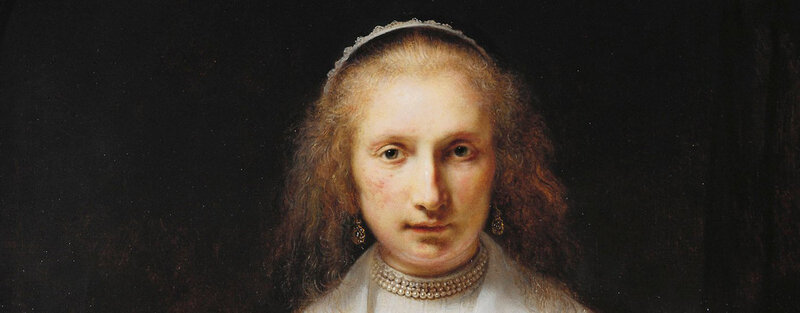
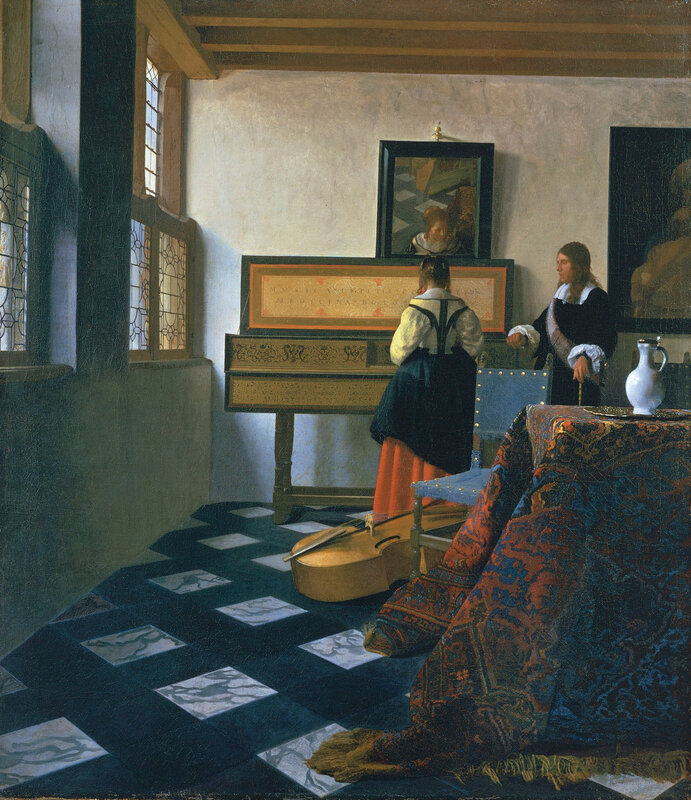
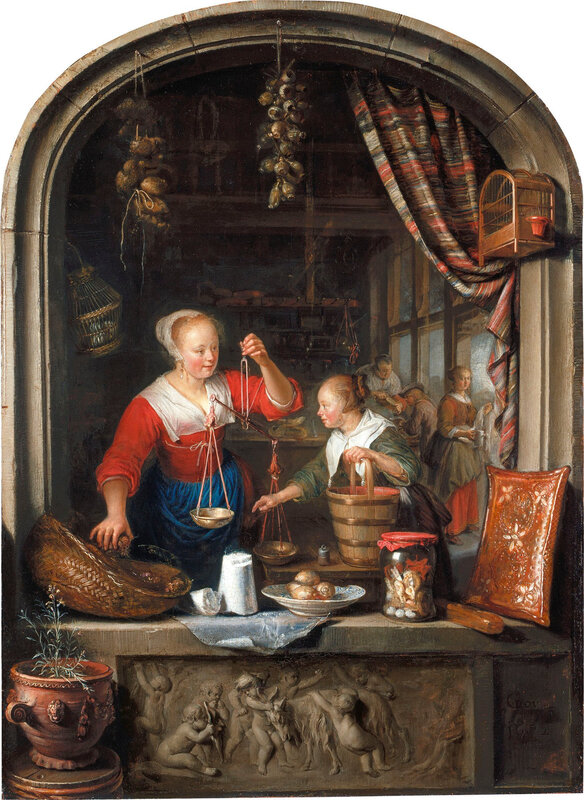
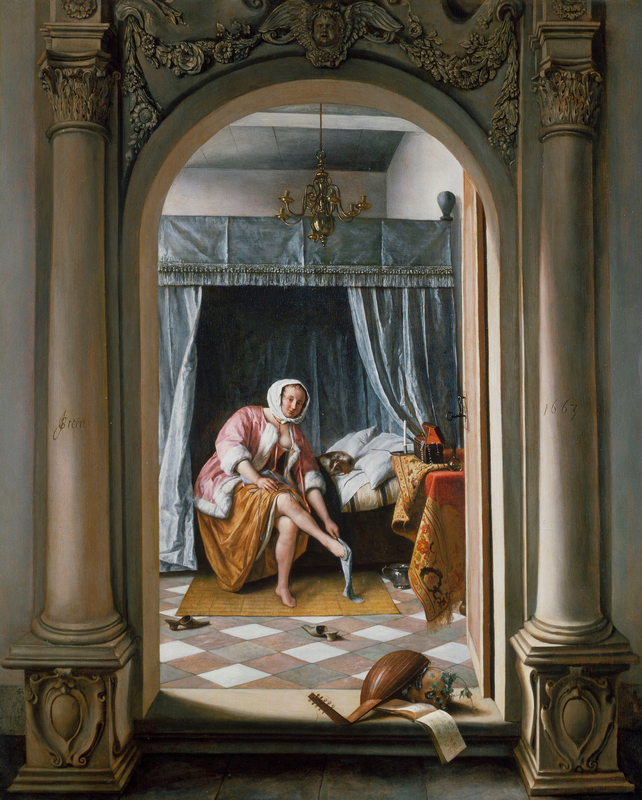
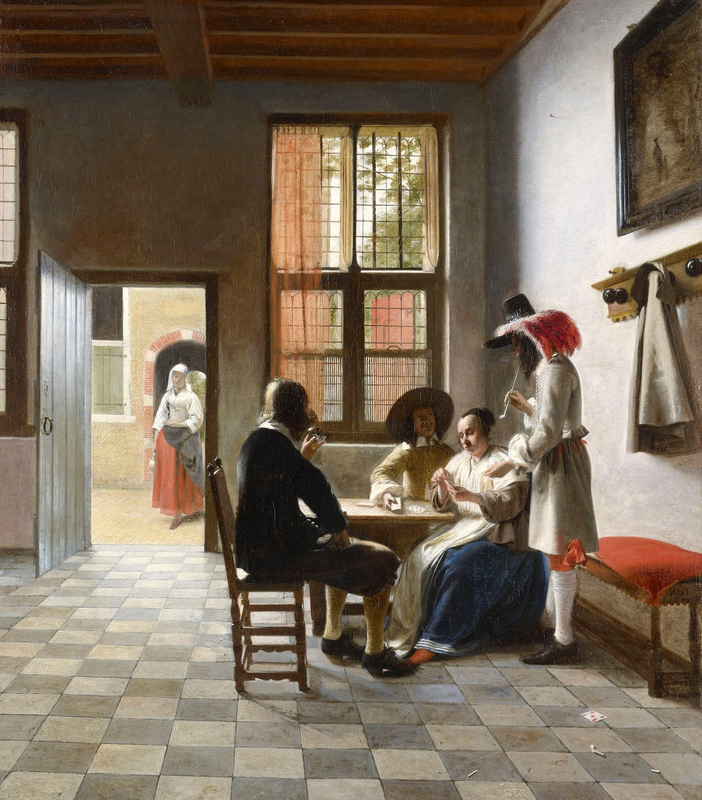
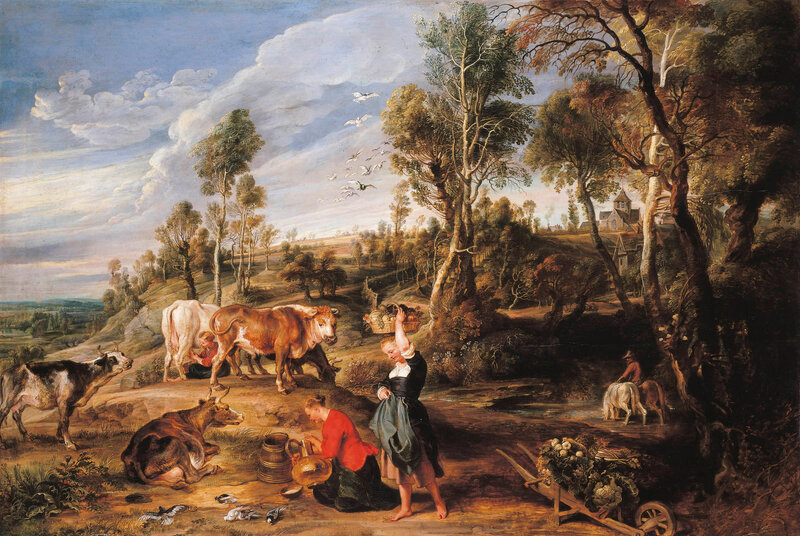



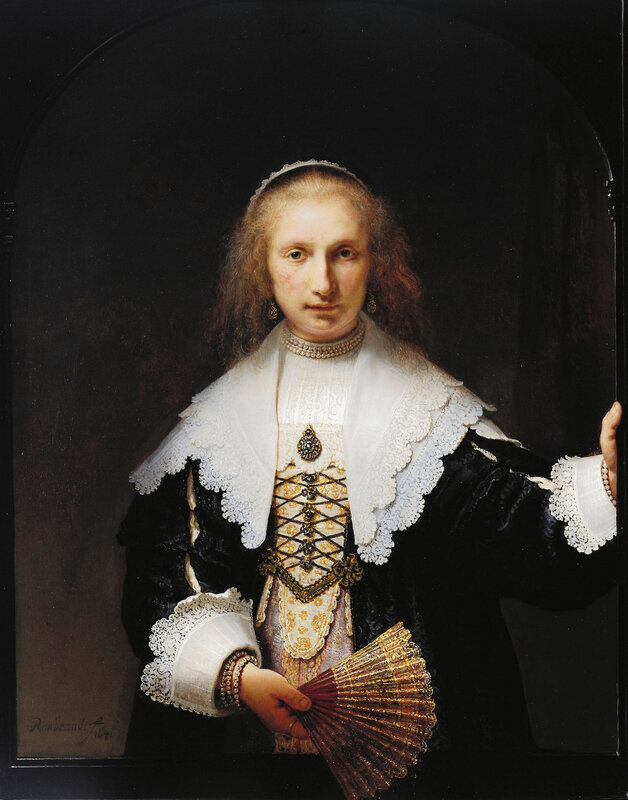
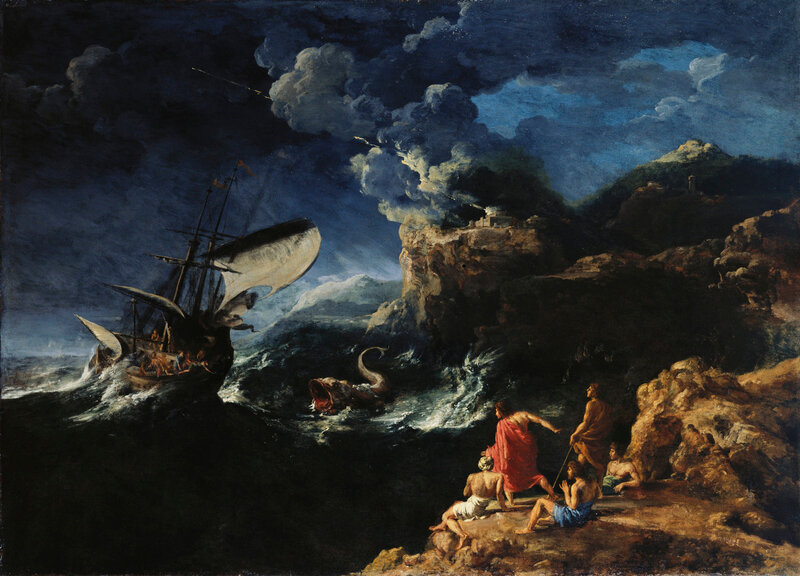
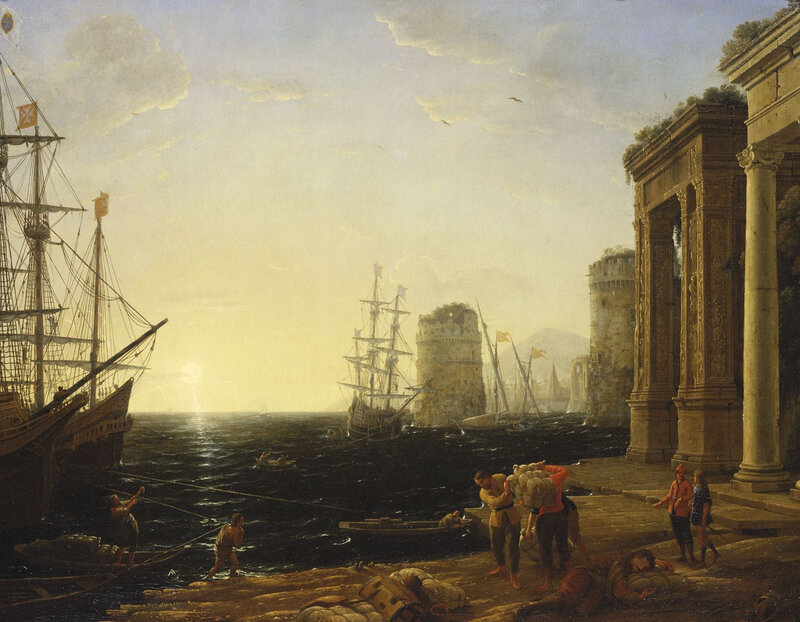
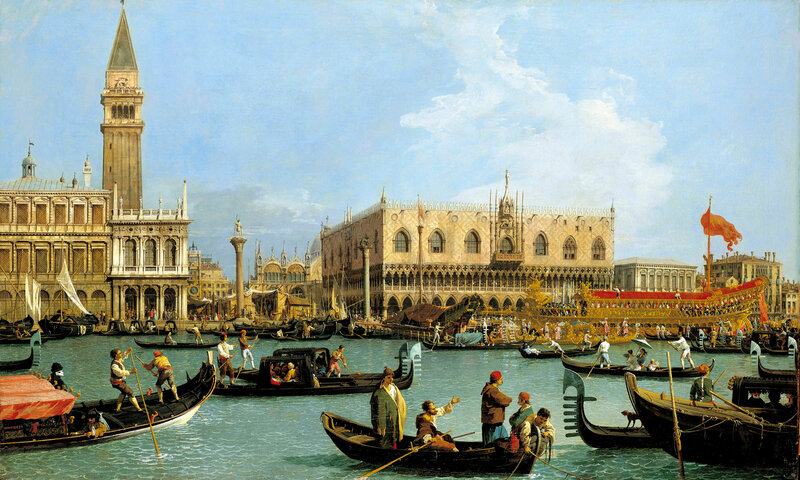






/http%3A%2F%2Fstorage.canalblog.com%2F62%2F29%2F119589%2F126411628_o.jpg)
/http%3A%2F%2Fstorage.canalblog.com%2F15%2F87%2F119589%2F122308659_o.jpg)
/http%3A%2F%2Fstorage.canalblog.com%2F34%2F13%2F119589%2F120701661_o.jpg)
/http%3A%2F%2Fstorage.canalblog.com%2F33%2F39%2F119589%2F111781978_o.jpg)